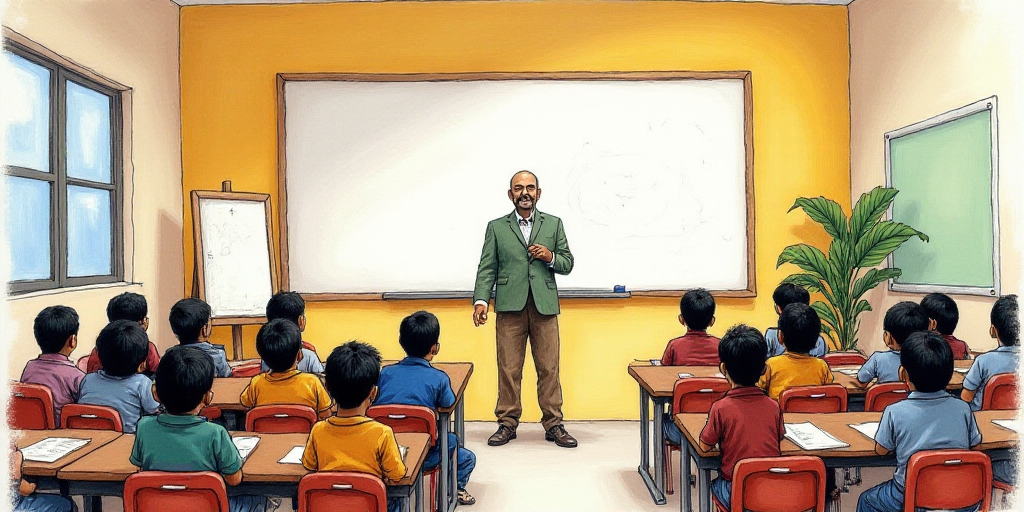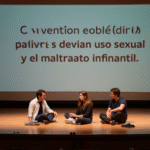The Significance of the Historic Day Against Child Sexual Abuse and Maltreatment
On Monday, September 8th, millions of children, girls, and adolescents in Mexico participated in a day of activities aimed at identifying and preventing sexual abuse and child maltreatment. This historic event is part of the official 2025-2026 calendar by the Mexican Secretariat of Education Public (SEP) and marks the first time such activities have been conducted nationwide.
What Does the Prevention Day Involve?
According to the report “Jornada de concientización sobre la gravedad del abuso sexual y el maltrato infantil,” the activities organized for the children include:
- Informative meetings with parents, guardians, and caregivers to educate them about sexual violence, mistreatment, how to respond to such situations, recognizing signs, and protecting minors from these issues.
- Creation of the mural “Manos que cuidan, voces que escuchan” with preventive phrases.
- Reading of stories or narrations to families and caregivers about sexual violence and mistreatment against children, girls, and adolescents.
- Creation and exhibition of posters and drawings by students with the slogan “Mi cuerpo, mi derecho”.
- Exhibition of school dramatizations and educational videos surrounding child abuse.
- Reading of comics and micro-stories to identify and prevent abuse.
- Creation and dissemination of the “School Help Map”: who to talk to, how to ask for help, and what to do in a case.
- Symbolic installation of the “Valiant Voices Box”: a safe space to express emotions, concerns, or reports.
- Artistic presentations, reading of manifestos, musical or poetic interventions by children, girls, and adolescents.
- Symbolic delivery of messages: letters or drawings from children, girls, and adolescents with self-care proposals.
Why Does It Matter?
The right of minors to a dignified life free from violence is protected not only by the Mexican Constitution but also by international law. Despite this, many children face violence within their homes and classrooms.
According to UNICEF, public policies focused on children are crucial for correcting the persistence and normalization of child abuse and mistreatment in the country.
This prevention day represents a historic effort to ensure that children, girls, and adolescents—as well as their close circles—have appropriate and timely information about these types of violence.
Various studies show that school programs dedicated to preventing child sexual abuse empower minors. These models teach students to identify inappropriate, abusive, or violent behaviors and establish personal boundaries while seeking help.
Moreover, school activities on prevention reinforce the idea that abuse is never the victim’s fault, validating their right to say “no” when they feel unsafe or threatened.
Implementing thematic days on these topics also strengthens these principles collectively, fostering school environments where children feel protected and empowered to act.
According to reports and studies by UNICEF and experts in children’s rights, thematic school days with activities such as theater, workshops, comics, and participatory activities also facilitate the early detection of cases and provide emotional support to victims.
Key Questions and Answers
- What is the historic day against child sexual abuse and maltreatment? It’s a nationwide initiative by Mexico’s SEP to educate children, parents, and caregivers about identifying and preventing sexual abuse and mistreatment.
- Why is this day important? It aims to protect children’s rights, as outlined in the Mexican Constitution and international law, by providing crucial information and fostering a safe environment.
- What activities are part of this day? The day includes informative meetings, mural creation, story readings, poster exhibitions, dramatizations, comic readings, help map creation, symbolic box installation, artistic presentations, and message delivery.
- How does this day impact children? It empowers minors to recognize abusive behaviors, establish boundaries, and seek help. It also reinforces that victims are never to blame.
- What role do public policies play in this context? Public policies focused on children are essential for correcting the persistence and normalization of child abuse and mistreatment.






